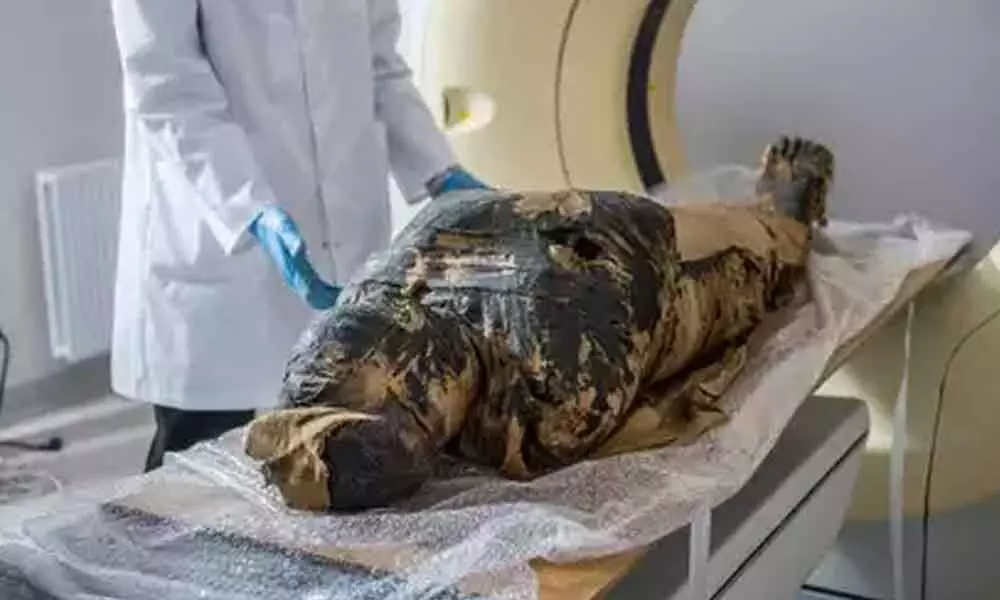Scientists Studying The First Pregnant Egyptian Mummy To Figured Out Why No Other Mummies Have Ever Been Discovered

The mummy scientifically proven to have been pregnant when embalmed. She was previously thought to be a male priest named Hor-Djehuty.
- Scientists working on mummified remains from Egypt recently discovered a surprising revelation that earlier they assumed those bones belongs to a man were actually the remains of a woman
- the study's lead scientist, revealed that this had always looked strange to him.
Scientists working on mummified remains from Egypt recently discovered a surprising revelation that earlier they assumed those bones belongs to a man were actually the remains of a woman and the woman was a pregnant. No one had previously seen a foetus in a mummified body before the Warsaw Mummy Project investigated the remains.
On Friday, Wojciech Ejsmond, the study's lead scientist, revealed that this had always looked strange to him. He explained that women of reproductive age were not always pregnant, but they were pregnant every few years.
The question that arises is Why was there no evidence of pregnant women being mummified?
X-ray scans never revealed foetal skeletons, which are the most common approach to discover a developing foetus in this situation. It took a team of scientists to create a gadget that didn't check for bones.
Wojciech said that radiologists were seeking for bones, but our instance illustrates that you shouldn't be looking for them. Look for soft tissue with a distinct shape. The scientists proposed a theory for why the foetus might have vanished from scans in a statement written on December 30 in the peer-reviewed Journal of Archaeological Science. It all boils down to a matter of pickle.
According to Ejsmond, it was like an egg experimentation. When individuals place an egg in an acid, the eggshell dissolves, leaving only the egg's interior. When the acid is gone, you're left with a pot full of minerals and an egg.
Whenever anything similar most likely occurred within the mummy's body. Ejsmond explained that thebody begins to gradually deprotonate as it decomposes. Formic acid is appearing in the blood, making the body's milieu more acidic.
The bones of the dead foetus nearly completely disintegrated when it came into contact with the acidic environment. The scientists suspected that the chemical reaction's residues, a handful of minerals, were distributed in the water left in the uterus.
As per Ejsmond, this is because the body is covered with natron salt during mummification to dry it out. The act of drying it out kept the minerals in situ, allowing the bones to be seen. He went on to say that the Warsaw Mummy Project's mummy seems to be the sole one thought to have been mummified pregnant. However, more research may reveal that it is more frequent than we realise.
Next Story


















